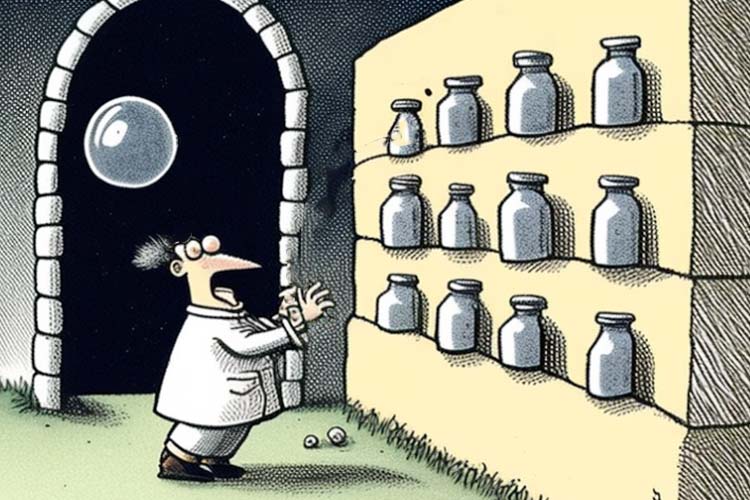Your website’s bounce rate refers to the percentage of visitors who leave your website after viewing only one page. This can be an indicator of the effectiveness of your website in engaging visitors and encouraging them to explore more of your content. A high bounce rate can be a sign that something is not working well on your website, such as slow loading times, poor design, irrelevant or low-quality content, or confusing navigation.
Improving your website’s bounce rate starts with understanding why visitors are leaving after viewing only one page. One effective way to identify potential issues is to use web analytics tools that provide data on user behavior, such as the pages they visit, the time they spend on each page, and the exit pages. This data can help you identify pages with high bounce rates and potential areas for improvement.
To improve your website’s bounce rate, you can focus on several areas, such as improving page load speed, optimizing your content for search engines, improving the user experience, and providing clear calls-to-action. Ensuring that your website loads quickly is critical for engaging visitors and reducing bounce rates. Optimizing your content for search engines can improve the visibility of your website, making it easier for potential visitors to find it. Improving the user experience can include simplifying navigation, providing easy-to-use search functions, and optimizing your website for different devices and screen sizes. Finally, providing clear calls-to-action can help visitors to understand what they can do next, encouraging them to explore more of your website and reducing the likelihood of them leaving after viewing only one page.
In summary, improving your website’s bounce rate requires an understanding of the reasons why visitors are leaving after viewing only one page. By using web analytics tools, identifying potential issues, and focusing on areas such as page load speed, search engine optimization, user experience, and clear calls-to-action, you can create a more engaging and effective website that encourages visitors to explore more of your content.



